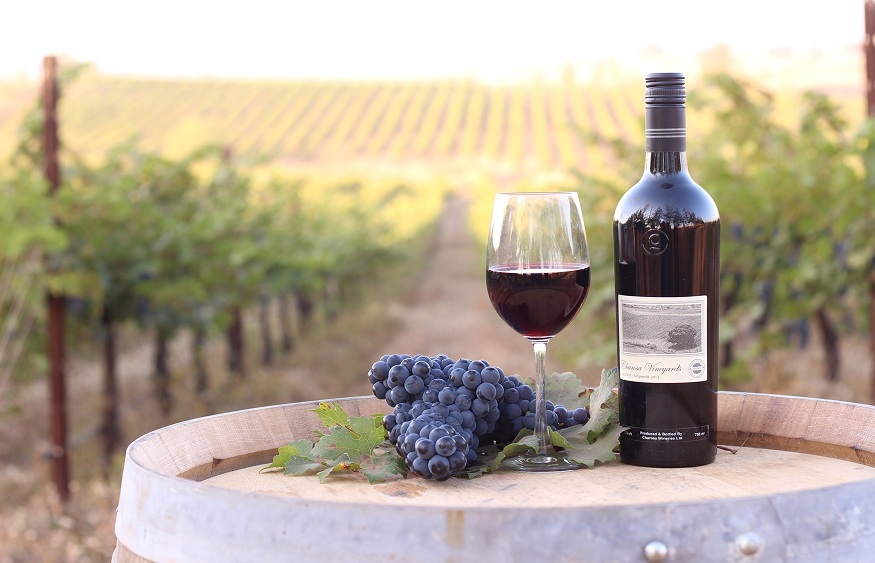One of the most popular wine genres worldwide is red wine blends. Due to the growing appeal of affordable, fruit-forward, low-acid, convenient wines among wine drinkers, these wines have grown in favour. While creating the perfect Red Blends wines, the makers are also aware of consumers’ fondness for sweetness, which is why many of these low-cost red wines contain added sugar.
Red wine blends are made for what purpose?
There are several reasons why winemakers might cultivate various grape varietals and then combine them to make red wine. The main factors are conformance to regulatory requirements and fiscal stability.
- Various grape varieties strengthen fiscal stability:Starting to grow more than one crop lowers the risk for most cultivation, and grape growth is yet another form of agriculture. This ensures a harvest. For winegrowers, the very same holds correct. To disperse the inherent risks of agriculture, farmers may cultivate a variety of crops on their property. All through the year, various types might be adversely affected by rain, frost, insects, and moisture. Even if they lose the majority of one variety’s harvest, farmers might still have sufficient fruits from two or even more types. They are still able to produce wines as a consequence, maintaining their profit margin.
- The regulatory organisation needs red wine blends: Several wine regions have rules dictating that wine must be a blend and made from a particular grape variety. If these requirements are not followed when blending the wine, “table wine” might be used as a more general designation.
What Constitutes a Red Wine Blend?
Every mixture of red grape varietals might conceivably be used to create a red wine blend. According to Bordeaux tradition, the red wine blend could include Cabernet Sauvignon, Merlot, Cabernet Franc, Malbec, Petite Verdot, and Carmenere.
Why is it so popular to blend red wine?
In the past, wines have indeed been mixed to have the right quantities of alcohol, sharpness, tannins, and fruit extract to improve the ageing potential and assure that the wine would still have fascinating characteristics years from now.
This time-tested method has been employed to create red wine blends that are becoming more and more widely available on the market, appealing to customers who desire wines they can enjoy right off the bat.
Blended wines could have a more uniform flavour. Several customers enjoy the consistency of a wine flavour that they are accustomed to pairing with other consistent local supermarket items. Cost-effective red blend wines frequently have such a desired depth of flavour, which enables the winemaker to alter the composition using a variety of grapes to produce a similar result year after year.
It’s important to keep in mind that mixing might bring a richness that is missing from a specific type. The greatest qualities of three or four wine grapes can be combined into one finished product by combining wines obtained from separate kinds.
CONCLUSION
Simply put, red wine blends are wines produced by combining two or even more grape varietals. Generally, red wine blends are preferred because they are consistent and easy to drink in several regions of the world.

